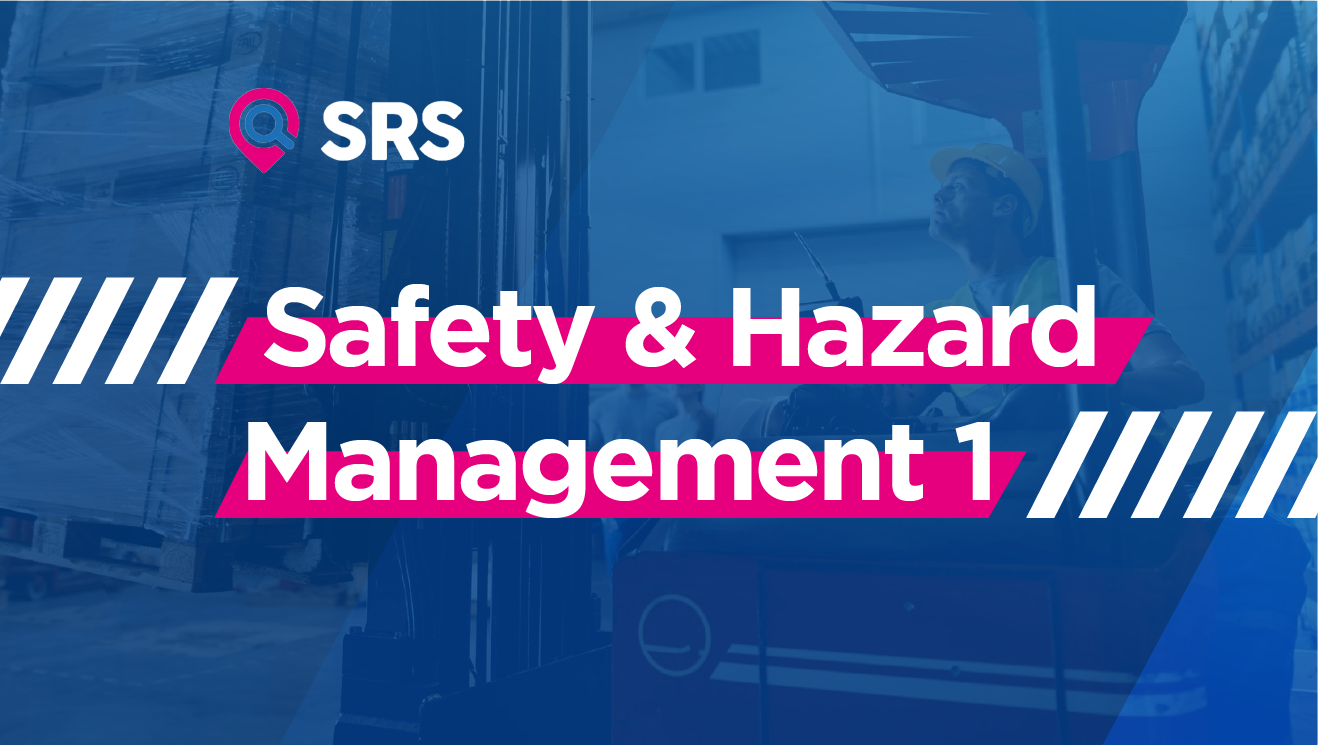The road can be a complex and potentially hazardous environment, especially for HGV drivers. This blog aims to equip you with the knowledge and skills to navigate these challenges and ensure the safety of yourself, your cargo, and everyone else on the road.
In Part 1 of our two-part Safety Hazard and Management blog series, we’ll delve into a variety of critical topics, including regulations for transporting hazardous materials (ADR), the importance of staying drug and alcohol-free behind the wheel, and safe practices for loading and unloading your HGV.
A.D.R. (Carrying of Hazard Materials):
Are you transporting hazardous materials like explosives, flammable liquids, or toxic substances? Look no further than the Carriage of Dangerous Goods (ADR) regulations.
- Safety First: ADR minimises risks like fire, explosions, and environmental damage during transport. By following these regulations, you’re not just protecting yourself, but everyone on the road.
- Compliance is Key: Understanding and adhering to ADR is crucial to avoid fines and penalties. Knowing your responsibilities keeps you compliant and your job secure.
- Peace of Mind: Properly classifying, packaging, labelling, and transporting dangerous goods ensures peace of mind for everyone involved.
Drugs and alcohol testing:
Behind the wheel of an HGV, clear judgement is crucial. Drugs and alcohol can drastically impair your ability to drive safely, putting yourself and others at risk. Here’s what you need to know:
- Zero Tolerance for Illegal Drugs: Having any illegal drugs in your system is a serious offence. A roadside drug test can lead to arrest, a driving ban, and hefty fines.
- Prescription Drugs and Driving: It’s illegal in England, Scotland and Wales to drive with legal drugs in your body if it impairs your driving. It’s an offence to drive if you have over the specified limits of certain drugs in your blood and you have not been prescribed them.
- HGV Medical and Drug Testing: Your HGV licence renewal (every 5 years, annually after 65) includes a medical exam. Doctors will check for signs of drug or alcohol misuse, and a history of dependence could disqualify you.
- Employer-Led Testing: While not currently mandatory, some HGV employers may conduct random drug and alcohol testing to ensure a safe work environment.
DAFE loading and unloading:
Loading and unloading heavy goods can be a dangerous dance with machinery, shifting cargo, and potential falls. Here’s how to avoid a fail:
- Clear the Zone: Ensure the area is free of unauthorised personnel and electrical hazards. Park on level ground.
- Secure the Load: Distribute weight evenly and utilise straps, chains, or shoring for cargo stability.
- Utilise Safety Equipment: Leverage dock levellers, vehicle lifts, and stabilisers for safe manoeuvring.
- Communicate Effectively: If multiple companies are involved, establish clear communication protocols for safe loading/unloading procedures.
Remember, safety is not a destination, it’s a journey. By consistently applying these practices and staying informed about regulations and best practices, you’ll become a master of HGV safety.
Head over to our next post, where we’ll explore additional safety topics relevant to HGV drivers –
https://srsrecruiting.co.uk/2024/06/safety-and-hazard-management-part-2/
Have any questions? Do not hesitate to reach out to our Transport Compliance Coordinator, Pete Marsden:
0161 513 8121
peter@srsrecruiting.co.uk


